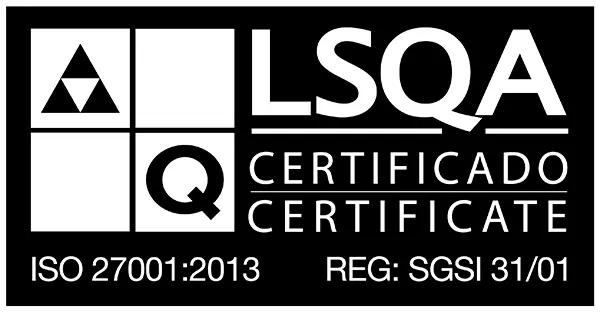The statement may sound a bit strong, but that's not why it's any less real
Banks feel the enormous pressure to innovate and provide a better experience to their customers faster and faster, to keep up not only with their competitors, but with the experiences that their customers have on all types of digital platforms. However, development times exist and even with a large number of people both in the internal technological teams and in their suppliers, they feel that they are never going as fast as they would like.
However, there is no way for an organization and its processes to be more agile than by automating all the tasks that are likely to be so. This has a very simple explanation: there is no methodology focused on increasing productivity that can compete with the possibility of a task being solved at the push of a button, through a process that takes thousandths of seconds. For this reason, currently activities such as testing, training, deployment of versions, customization of solutions, intelligent assignment of work teams, are tasks among others that at Infocorp are increasingly automated.
And the winner is... AUTOMATE
Of course, there are many other key tasks that can and should be automated, such as the detection of security vulnerabilities. The banking business depends on the trust that customers place in their financial service providers and this is based on the security with which organizations manage their clients' funds and data. This is the reason why at Infocorp we not only use the most innovative tools in order to detect security vulnerabilities in a system, suggesting the best solution for them (and even estimating the time in which they can be solved), but automation can always be taken a little further. We are working to ensure that the tool also solves the vulnerability autonomously.
It is said that before computer scientists thought about how to automate the work of other mortals, but today they are thinking about how to automate their own work.
Is automation utopian?
You don't have to limit yourself when thinking about automation. In that sense, and leaving the areas that may be more familiar to us or seem more feasible when it comes to automating, some time ago, in conversations with different work teams at Infocorp, I shared my vision regarding automation and sales: to create a tool capable of asking a customer 3 questions and that, based on their answers, in a matter of milliseconds, generates a detailed business plan that meets all their expectations in terms of solution, execution times and budget. I know it's still a dream, but it serves to understand the potential of automation that, added to artificial intelligence, will continue to surprise us every day.
There is still a long way to go and any progress we achieve will mean an enormous increase in an organization's agility.
Banking and automation
Returning to banking, automation offers this sector another security-related advantage. The fact is that the less people are involved in the processes, the less likely they are to make mistakes. For example, in May of this year (2022) an error made by an employee of a large international bank caused the indices of several European stock markets to fall, especially the one in Stockholm. According to the Bloomberg agency, the failure lasted a few minutes, but resulted in a loss of 300 billion euros to the affected stock markets. Apparently it was a Fat Finger Error (big toe mistake) or, as we would say around here south of the Rio de la Plata, a Fingering.
In other words, an employee pushed the button that wasn't and caused a catastrophe. Other advantages of automation are that it frees people and their brains from operational and repetitive work so that they can dedicate themselves to thinking of creative solutions.
Buying or developing at home, that is the question
I started working in technology in the financial industry at a very young age, and since then banks have always faced the dilemma of buying technology from a supplier or developing In House. Because on the one hand they aim to have absolute “control” of their solution, but on the other, they precisely need agility.
My suggestion is: take the middle path. Just as consulting firms often advise their clients not to delegate control of their operation to a supplier, most organizations cannot afford to have a team with sufficient size, focus and dedication to generating new solutions.
Therefore, it is most convenient for organizations to agree with their technology solution provider in which parts of the process they are interested in participating and in which they are not. Some banks are interested in managing the customer interface, since it is closely linked to their marketing strategy and they want to be able to change it as often as they want and not have to depend on the times of their provider. In other words, they aim for agility.
In response to this need, at Infocorp we design tools such as Digital Toolkit, based on IC Banking —an omnichannel platform—. Digital Toolkit makes it easier for the customer to participate in the development without the need to build the complete product, thus generating an agile and collaborative way of working, where each team provides its greatest added value. In this sense Digital Toolkit offers 3 benefits:
- It has technical components (visual and non-visual) for generic and specific use that offer a card menu to display banking products in different formats.
- It offers documentation through a Storybook which shows in real time the properties and configuration of graphic components.
- It facilitates continuous integration that helps testing to be done more quickly and with a high level of automation, it can be passed between environments.
At Infocorp, we are ready to help banks become more agile. Shall we talk?




